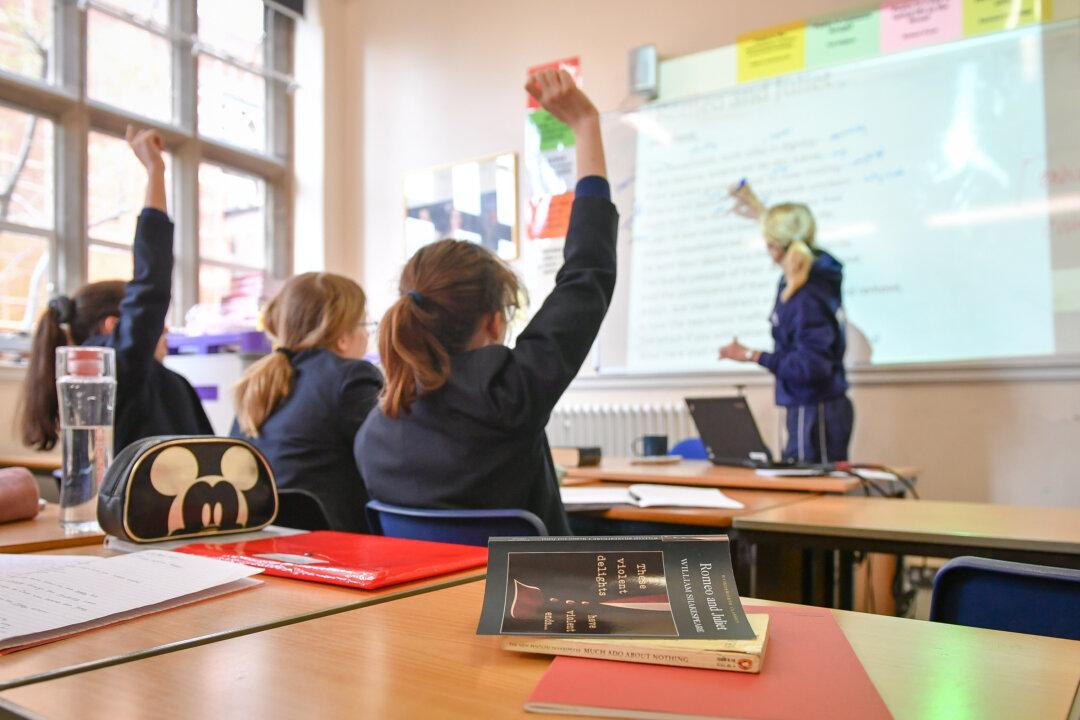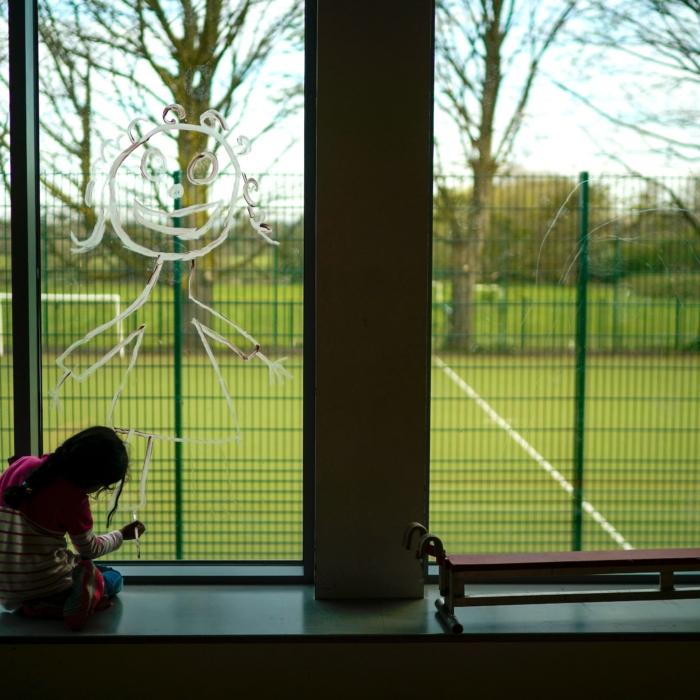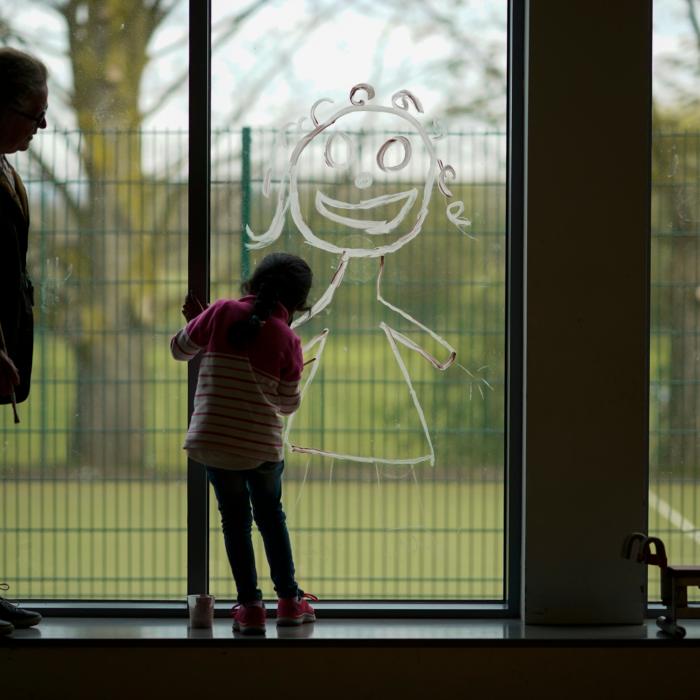The number of suspensions and permanent exclusions in England have hit record highs, with suspensions rising by more than a third in one year, government data shows.
Permanent exclusions—when a pupil is expelled and no longer allowed to return to that school—saw an even steeper increase, rising 44 percent from 6,495 in 2021/2022 to 9,376 last year.
In line with previous years, “persistent disruptive behaviour” was the top reasons given for the action, accounting for 48 percent of suspensions—where a pupil is excluded from school for a fixed period of time—and 39 percent of exclusions.
Verbal abuse or threatening behaviour against an adult (16 percent) was the second most common reason for suspensions, followed by physical assault against a pupil (13 percent). For permanent exclusions, physical assault against a pupil was the second most frequent reason (15 percent), followed by verbal abuse or threatening behaviour against an adult (12 percent).
Education Minister Stephen Morgan said the figures were a “wake-up call about the problems that have grown in our schools in recent years.”
Post-Lockdown Behavioural Issues
The rise in exclusions and suspensions comes amid warnings that schools are facing an increase in behavioural issues following the COVID-19 lockdowns.The report said that teachers had reported “greater behaviour problems in classrooms since the pandemic,” the think tank adding that by its estimates, there has been a “significant decline in the socio-emotional skills for successive Covid cohorts.”
Ghost Children
Commenting on Thursday’s government release, Beth Prescott, the education lead at the Centre for Social Justice (CSJ) think tank, said the figures were “truly shocking.”Ms. Prescott said, “Combined with the crisis in school absence, with so-called ‘ghost children’ at near record levels and 1 in 5 kids persistently absent, there is a pressing and immediate emergency unfolding across our schools.”
“CSJ research has uncovered that the impact of the pandemic, the cost-of-living crisis, high levels of mental health in children and a steady increase in the level of SEND over the last decade are all contributing to a tidal wave of challenges hitting children, families and schools. This has resulted in an increasing number of children struggling to fully engage with their education, with potentially catastrophic and lifelong consequences for their lives, for wider society and for the economy,” she continued.
The issue of “ghost children”—pupils who are not regularly attending school or who are not enrolled at a school—has become an increasing concern since the COVID-19 pandemic.
Ms. Sergeant said that there were two kinds of children that schools were struggling to get back into the classroom: those that are too anxious and those that are too angry.
Disadvantaged Children
The recent government figures come after the Education Policy Institute (EPI) released a report saying that the pandemic had accelerated the trend of the worsening attainment gap between underprivileged children and their peers.The report said that between 2019—the year before the COVID-19 lockdowns—and 2023, “we have seen the disadvantage gap widen in early years, primary schools and secondary schools.”
The EPI said that although the examinations and grade distributions largely returned to normal in 2023, “the impact of the pandemic is not yet over” and “educational inequalities look very different from how they did in 2019.”







